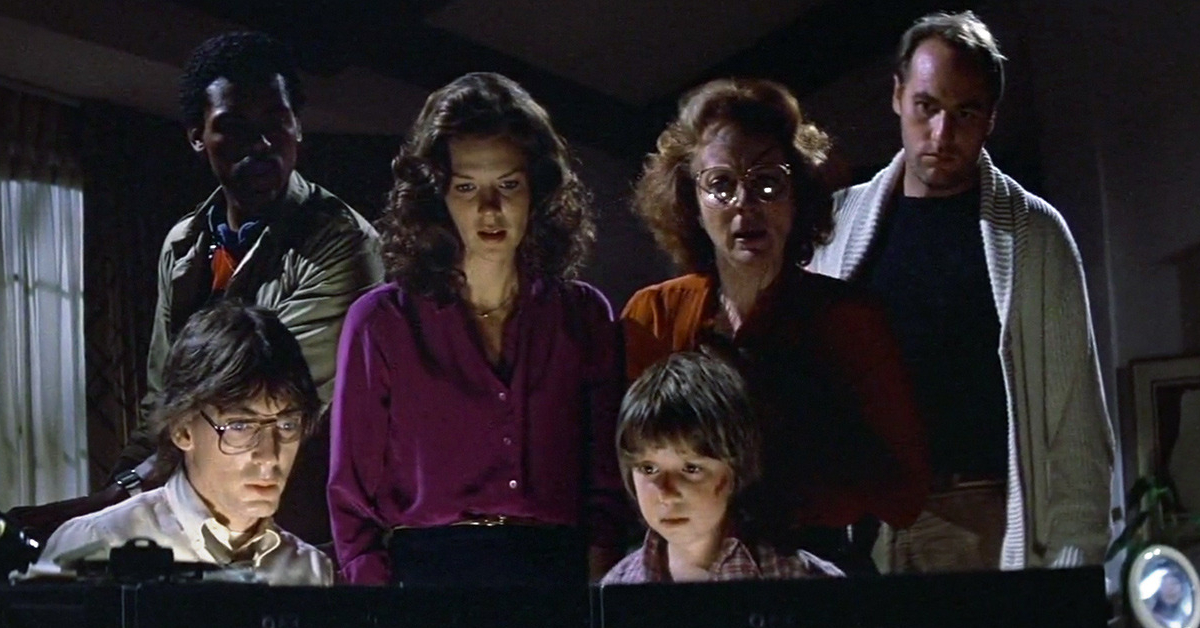Introduction
In the realm of cinema, the horror genre has continuously pushed boundaries and tested limits, aiming to evoke fear and suspense within audiences. One such film that left an indelible mark on the genre is the 1982 movie poltergeist used real skeletons as – tymoff. Directed by Tobe Hooper and produced by Steven Spielberg, this iconic film not only captivated audiences with its chilling narrative but also sparked controversy due to a startling revelation: real skeletons were used during production. This article delves into the unsettling truth behind the use of real human remains in Poltergeist, exploring the ethical implications and legacy of this decision.
The Making of a Horror Classic
Poltergeist follows the Freelings, a suburban family whose peaceful life is disrupted by malevolent supernatural forces. As their home becomes a battleground between the living and the dead, the family must confront the horrors lurking within their midst. Released in 1982, the film garnered critical acclaim for its innovative special effects, compelling performances, and spine-tingling atmosphere. However, behind the scenes, a controversial practice was taking place—one that would cast a shadow over the film’s production.
Unearthing the Truth: Real Skeletons on Set
One of the most shocking revelations about Poltergeist emerged years after its release: the use of real human skeletons during the filming of certain scenes. This unsettling practice came to light when members of the cast and crew spoke out about their experiences on set. According to reports, the production acquired real skeletons from medical suppliers, believing that they would lend authenticity to certain scenes depicting a haunted burial ground.
Ethical Dilemmas and Controversy
The use of real human remains in Poltergeist sparked widespread controversy and raised ethical concerns within the film industry. Critics and audiences alike questioned the morality of using actual skeletons for the sake of realism, particularly without the consent of the deceased or their families. Additionally, the revelation led to debates about the treatment of human remains in cinema and the responsibilities of filmmakers when depicting death and the afterlife on screen.
Legacy and Impact
Despite the controversy surrounding its production, Poltergeist remains a landmark film in the horror genre, influencing countless filmmakers and spawning a franchise that continues to resonate with audiences today. However, the use of real skeletons has left an enduring stain on its legacy, serving as a cautionary tale about the ethical pitfalls of filmmaking. In the decades since its release, the film has prompted discussions about the boundaries between art and exploitation, challenging viewers to confront uncomfortable truths about the industry they love.
Reflections and Conclusion
The revelation that Poltergeist used real skeletons during production serves as a sobering reminder of the ethical complexities inherent in filmmaking. While the film continues to captivate audiences with its supernatural thrills, its legacy is forever tarnished by the decision to employ human remains for the sake of realism. As audiences revisit this classic horror film, they are confronted not only with the terror on screen but also with the unsettling reality behind the scenes. In the end, Poltergeist stands as a cautionary tale about the consequences of prioritizing authenticity over ethical considerations—a reminder that some boundaries should never be crossed, even in the pursuit of cinematic greatness.
In conclusion, the 1982 movie Poltergeist remains a chilling masterpiece of the horror genre, but its use of real skeletons serves as a haunting reminder of the ethical dilemmas faced by filmmakers. As the film continues to terrify audiences and inspire future generations of storytellers, it also prompts reflection on the responsibilities of artists and the enduring legacy of their creations.


